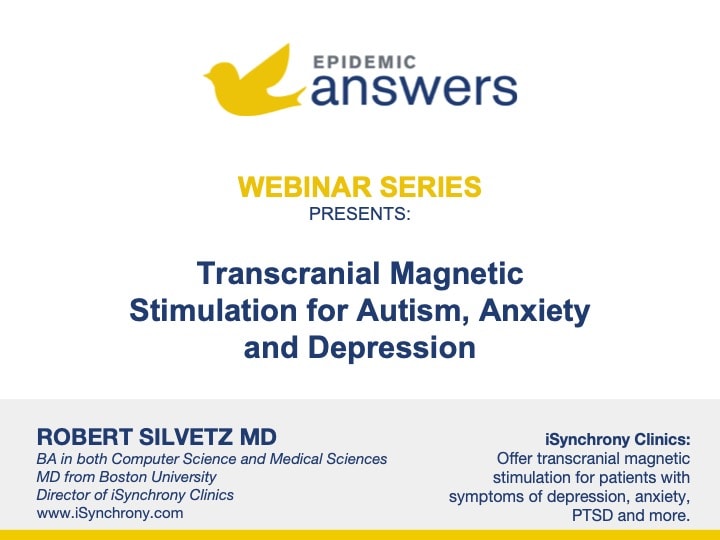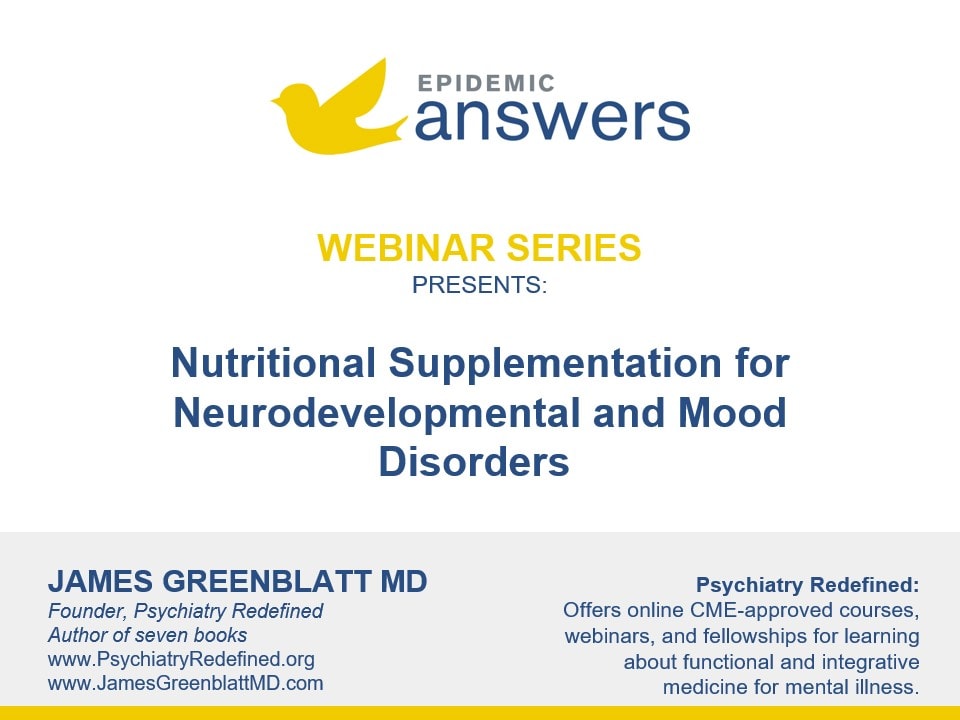Transcranial magnetic stimulation (TMS) is a noninvasive treatment method that uses precisely calibrated special magnets to normalize neural activity.
The strong magnetic field generated by a wire coil in this system can penetrate the skull to reach the brain, thereby modulating a person’s brainwaves for neurological symptom improvement.
Transcranial magnetic stimulation can be used for people with:
- Autism
- Traumatic Brain Injury (TBI)
- Post-Traumatic Stress Disorder (PTSD)
- Poor executive functioning
- Poor language skills
- Compulsive behaviors
- Anxiety
- Depression
- Substance abuse
- “Chemo brain”
- Dementia
- Insomnia
- Schizophrenia
- Diminished emotional awareness
- Other psychiatric and neurological disorders
TMS has been used for over three decades, and it is well studied, with dozens of peer-reviewed medical research journal articles documenting its benefits.
Transcranial Magnetic Stimulation Benefits
A typical treatment schedule is five days per week during 30-minute sessions for three to six months.
Although intense, this safe treatment has minimal side effects of increased feeling of energy or a minor headache.
People who have had transcranial magnetic stimulation done may experience improved neurological symptoms such as:
- Better focus
- Better attention
- Improved memory
- Less pain
- Better sleep
- Reduced anxiety and/or depression
- Improved ability to handle stress
- Less anger
Still Looking for Answers?
Visit the Epidemic Answers Practitioner Directory to find a practitioner near you.
Join us inside our online membership community for parents, Healing Together, where you’ll find even more healing resources, expert guidance, and a community to support you every step of your child’s healing journey.
Sources & References
Amatachaya, A., et al. The short-term effects of transcranial direct current stimulation on electroencephalography in children with autism: a randomized crossover controlled trial. Behav Neurol. 2015;2015:928631.
Bersani, F.S., et al. Deep transcranial magnetic stimulation as a treatment for psychiatric disorders: a comprehensive review. Eur Psychiatry. 2013 Jan;28(1):30-9.
Corthout, E., Barker, A. & Cowey, A. Transcranial magnetic stimulation. Exp Brain Res (2001) 141: 128.
Enticott, P.G., et al. A double-blind, randomized trial of deep repetitive transcranial magnetic stimulation (rTMS) for autism spectrum disorder. Brain Stimul. 2014 Mar-Apr;7(2):206-11.
Gomez, L., et al. Non-Invasive Brain Stimulation for Children with Autism Spectrum Disorders: A Short-Term Outcome Study. Behav Sci (Basel). 2017 Sep 17;7(3).
Gorelick, D.A., et al. Transcranial magnetic stimulation in the treatment of substance addiction. Ann N Y Acad Sci. 2014 Oct;1327:79-93.
Leung, A., et al. rTMS for suppressing neuropathic pain: a meta-analysis. J Pain. 2009 Dec;10(12):1205-16.
Lisanby, S.H. and Belmaker, R.H. Animal models of the mechanisms of action of repetitive transcranial magnetic stimulation (RTMS): comparisons with electroconvulsive shock (ECS). Depress Anxiety. 2000;12(3):178-87.
Narayana, S., et al. Clinical Applications of Transcranial Magnetic Stimulation in Pediatric Neurology. J Child Neurol. 2015 Aug;30(9):1111-24.
Oberman, L.M., et al. Transcranial magnetic stimulation in autism spectrum disorder: Challenges, promise, and roadmap for future research. Autism Res. 2016 Feb;9(2):184-203.
Optiz, A., et al. How the brain tissue shapes the electric field induced by transcranial magnetic stimulation. Neuroimage. 2011 Oct 1;58(3):849-59.




